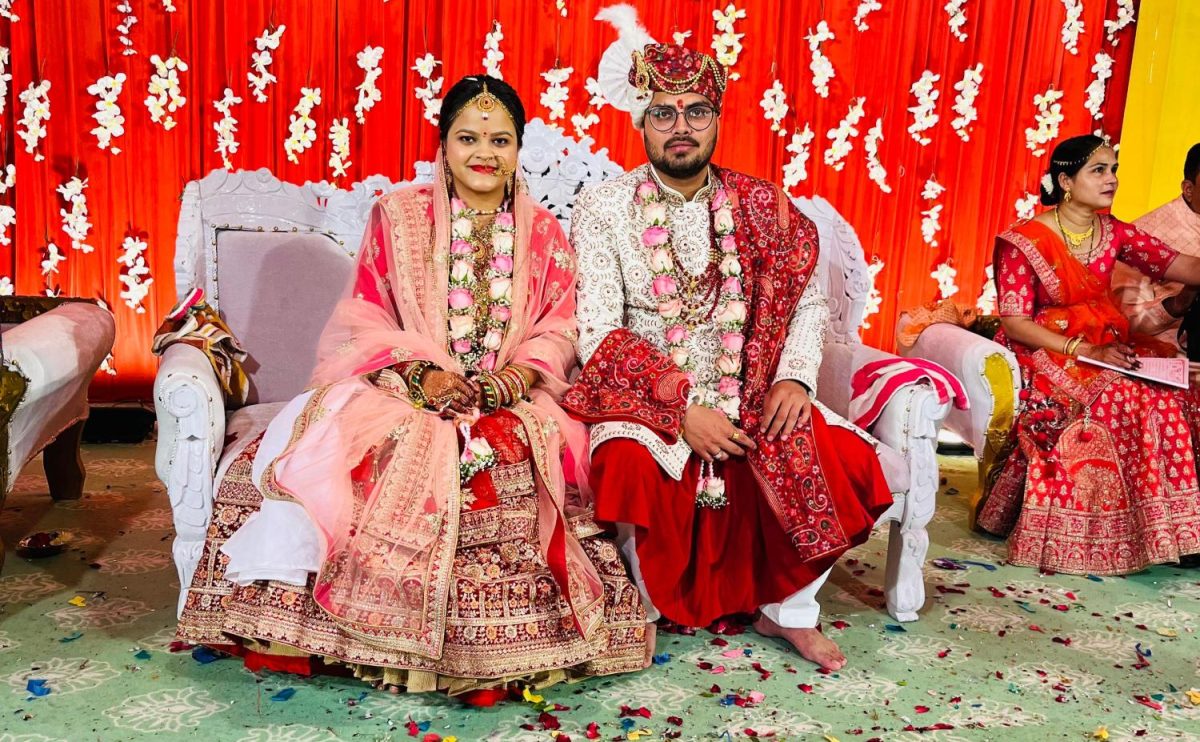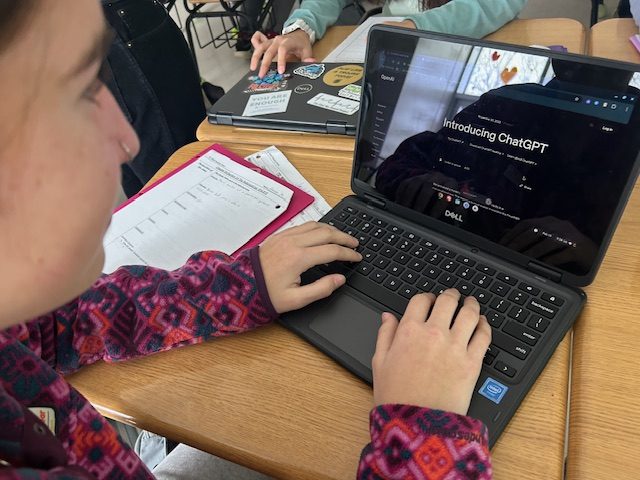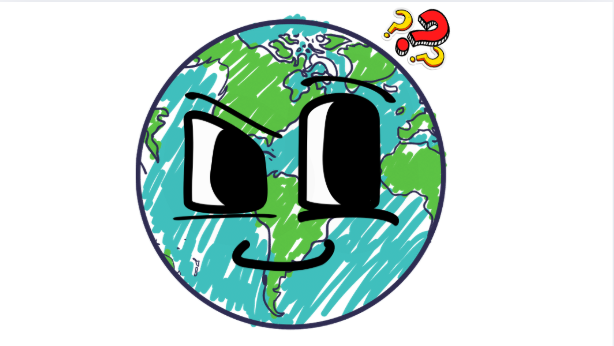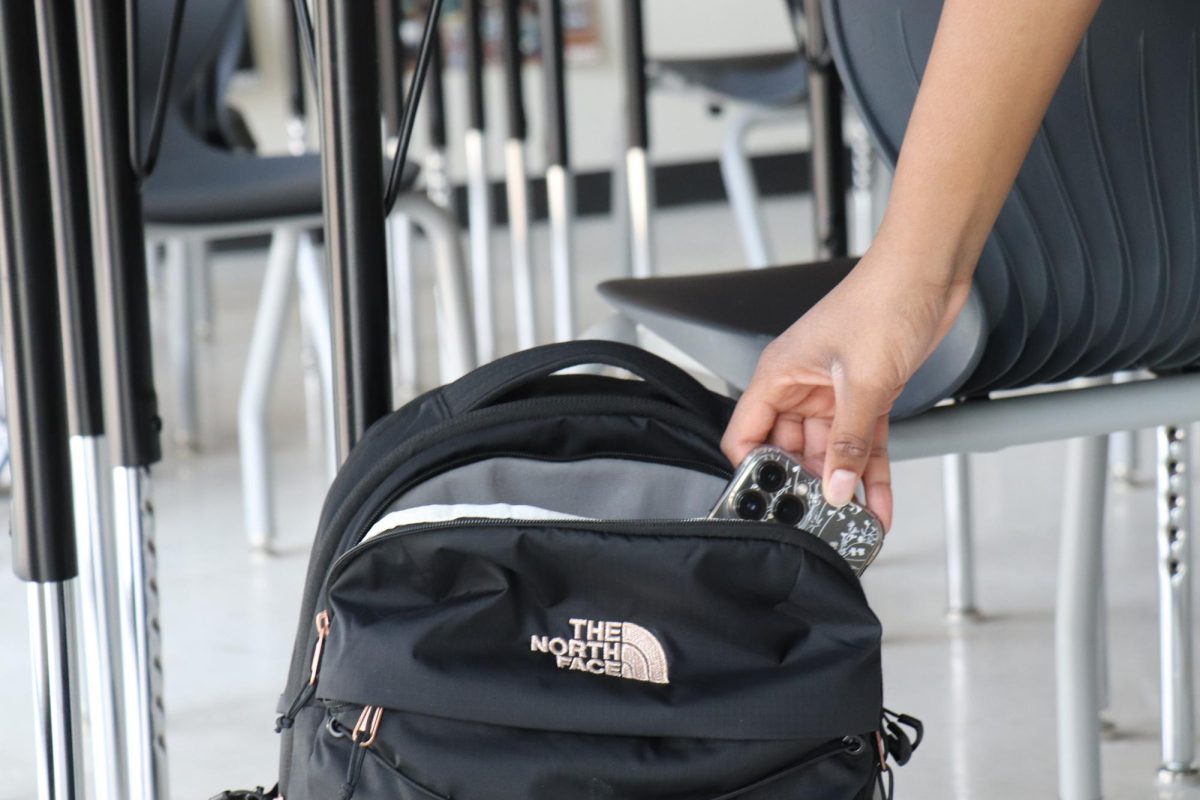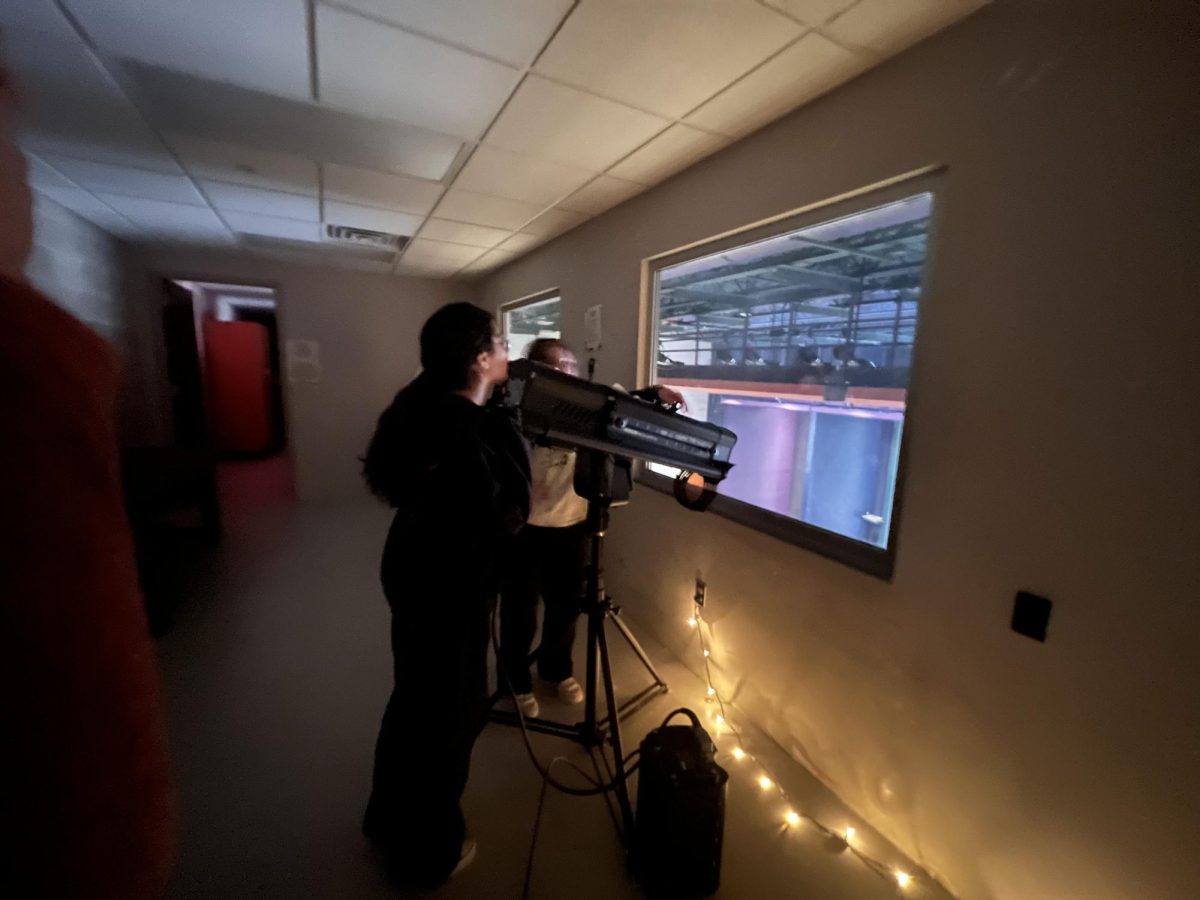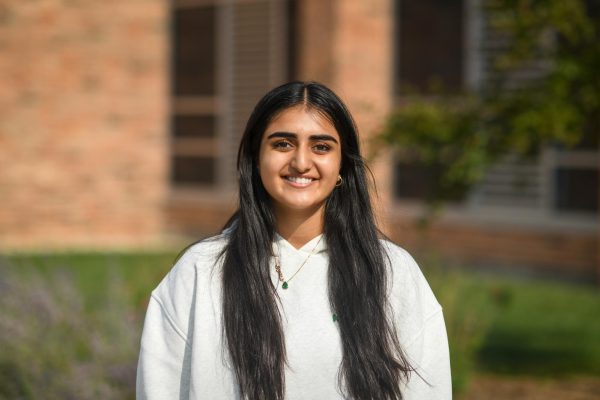People in India have always gotten arranged marriages, and they still do. More than 90% of Indian weddings are still arranged, according to Lauren Frayer . According to Rohan Kalathiya these weddings normally cost around $200,000 but many people spend way more than that. To put in your perspective, normally American weddings cost about $20,000.
With this expense Indian weddings can last from three days to a week. They last more than one day because there are various traditions like rass-garba, multiple prayers, and funny games.. In India, red is considered auspicious and, not surprisingly, it is the most prominent color at Indian weddings—usually with gold accents. This is a summary of the wedding ceremonies at a recent wedding in India which I just came from. (This whole article is from a bride’s family point of view.)
The date of the wedding was determined by an astrology-based system and it was January 27th. “We do many things by using astrology,” my grandma always tells us the best way to do everything like praying, getting a car, getting a house, etc.. Then the wedding preparations started the 25th of January. The first part of the wedding was called mehndi. This is where they put mehndi/henna on the bride, Kinnu and the woman from Kinnu’s family. Mehndi is put on by a bag that looks like the smaller version of a frosting bag, the work is very intricate and challenging to do. Mehndi has a paste-like texture and turns hard when dried. After mehndi is put on you can wait as long as you want but the longer you wait the darker the end result is so most people leave it on for a few hours after applying. This process took almost a whole day because of how many people there were and how long it took to do it. “For the bride the Henna paste symbolizes good health and prosperity in marriage, and in some cultures, the darker the henna stain, the deeper the love between two individuals. It is also a common practice to hide your husband’s name in the mehndi so during the wedding he can try and find it,” St. Thomas University.
The next day was a prayer for all the moms wishing their children well and a successful life which took the first half of the day and for the night portion we did raas-garba. Raas and Garba are typical Gujarati folk dances that everyone can participate in. It’s a type of dance that everyone can do and it brings people together because everyone knows the steps or everyone is willing to teach them. “The traditions date back at least to the 15th century,” according to Aurva. It feels like a party and everyone is wearing stunning traditional clothes. It lasts until 12 a.m. Normally it lasts till 4 a.m. but the wedding was the next day at 7 a.m.
The third day was the final day. The first thing we did was the Haldi/Pithi, that’s where everyone puts haldi on the bride. Haldi is turmeric and is used in many Indian dishes that are put on the bride to prevent evil spirits from harming the couple. In this wedding we only had the bride apply the haldi. The next step of the wedding was a prayer with the bride, her mom, and her dad. They were blessing her and blessing her family with luck and protection, this lasted a few hours. Next the bride changed into her real wedding outfit which was the beautiful bright red dress with mini mirrors
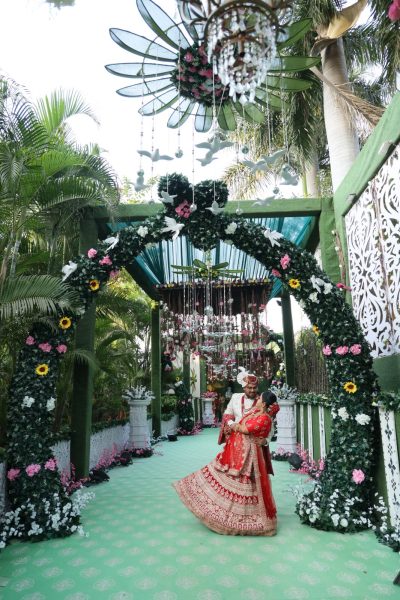
and hand sewn designs.”Wow thats so cutie,” it was Nayras first wedding and she loved everything about it. Next was the Baraat / The Jaan which is the singing and dancing procession consisting of the bride’s family and relatives that welcomes the groom into the wedding venue. After a few mins everyone went to the entryway of the wedding area and the Welcoming of The Groom starts, “This is my most favorite part Kavya look at how they do it,” Bhavita (my mom) really loves the entry of the groom because they dance. The bride’s mother applied a tilak on the Groom’s forehead and the groom had to step on a small pot and after it was broken he was taken with his family and friends into the venue. Next is the Ganesh Puja; this puja (prayer) is performed mainly for good luck as Lord Ganesh is believed to be the destroyer of obstacles and evils. The ceremony prepares the couple for a new beginning. Someone from the wedding party, typically the groom’s brother, will spread out seven stones in a straight line, and the couple will move from stone to stone, touching each with their toes, as the pandit (which means wise teacher) reads the seven verses. They roughly translate to: Together we will live with respect for one another. “Together we will develop mental, physical, and spiritual balance. Together we will prosper, acquire wealth, and share our accomplishments. Together we will acquire happiness, harmony, and knowledge through mutual love. Together we will raise strong, virtuous children. Together we will be faithful to one another and exercise self-restraint and longevity. Together we will remain lifelong partners and achieve salvation,” According to Jessie Mooney DiGiovanna
After the prayer there is a big party, with a lot of food. Everyone has a lot of fun but now the time has come. Everyone walks to the front of the venue with tears in their eyes because the bride has to go to her new house. One girl from the bride’s family stands in front of the car with the groom and bride inside of it. She only leaves after accepting money and then everyone watches the bride and groom go.
These weddings are a big part of a bride’s life because that is when they leave home to go live in their husband’s house. This is because the wife has to live with the husband if she follows the basic Indian traditions. Most people don’t do that anymore because they live with both sides, it’s still commonly practiced.



